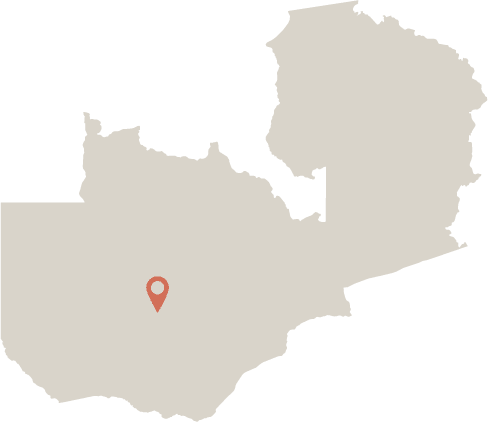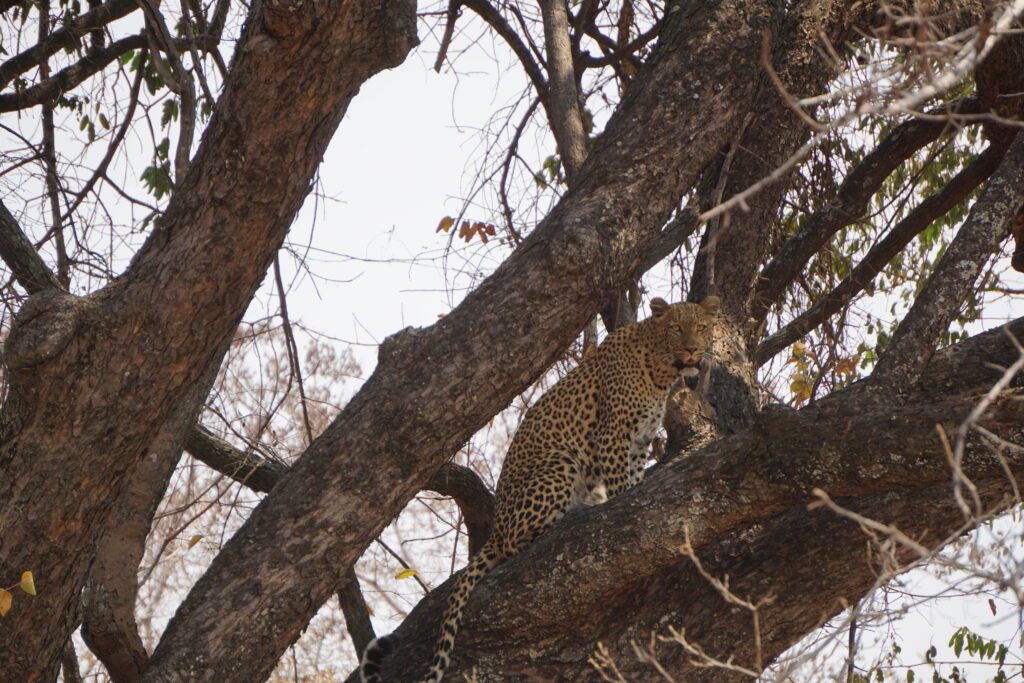
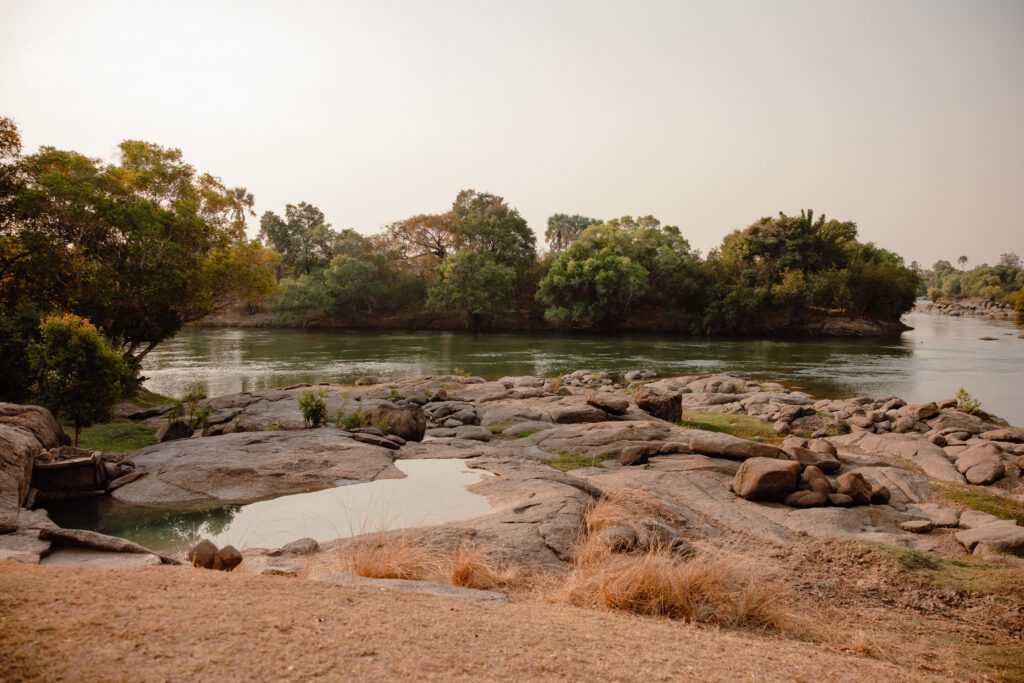
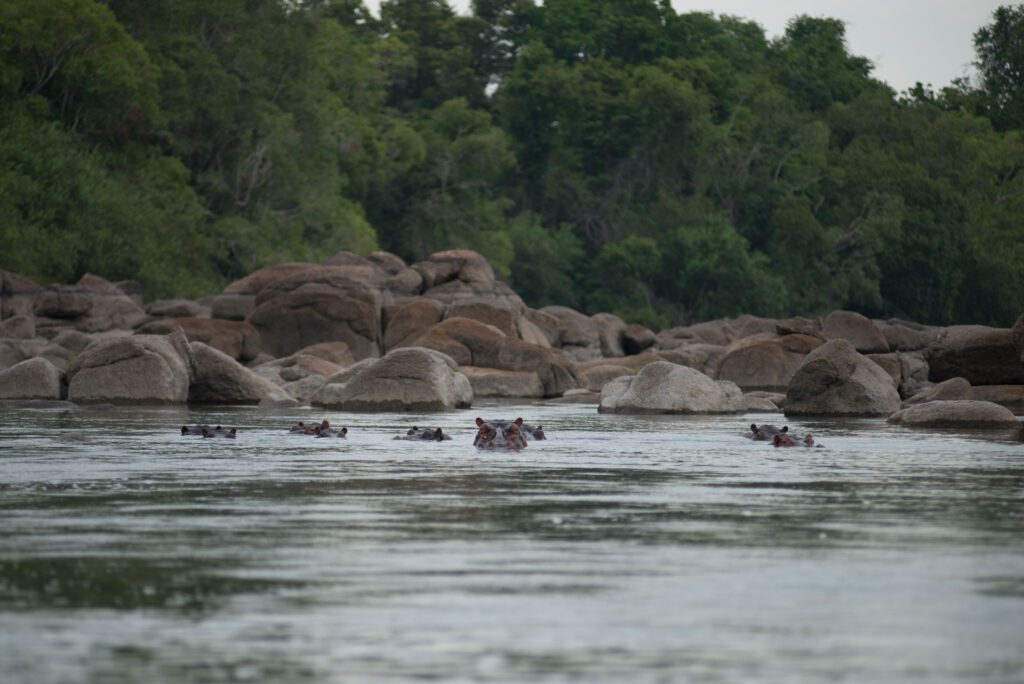
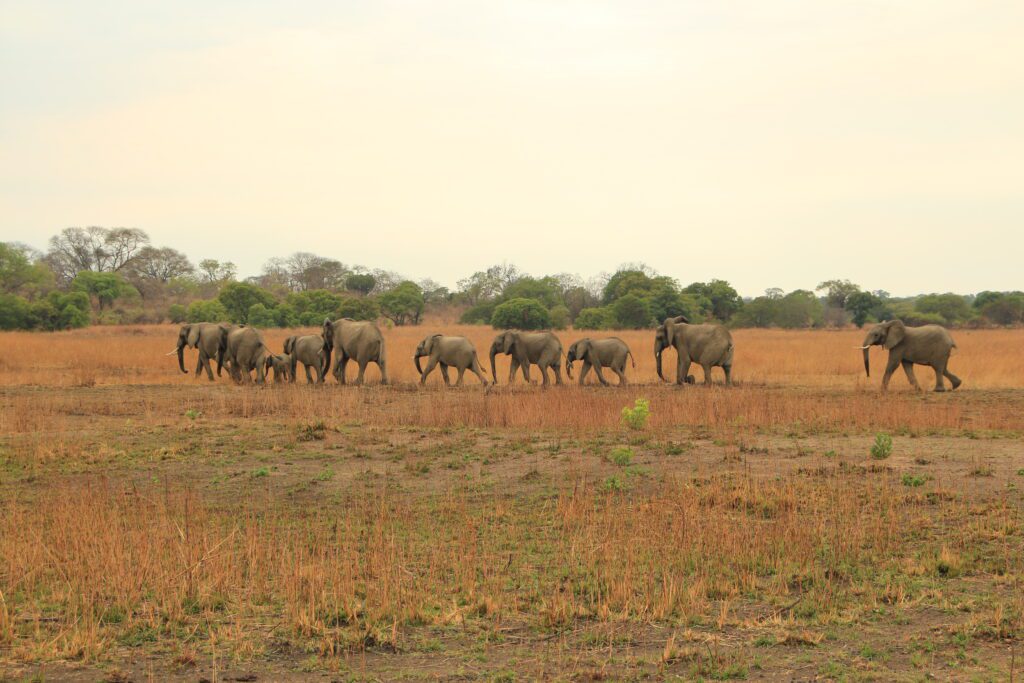
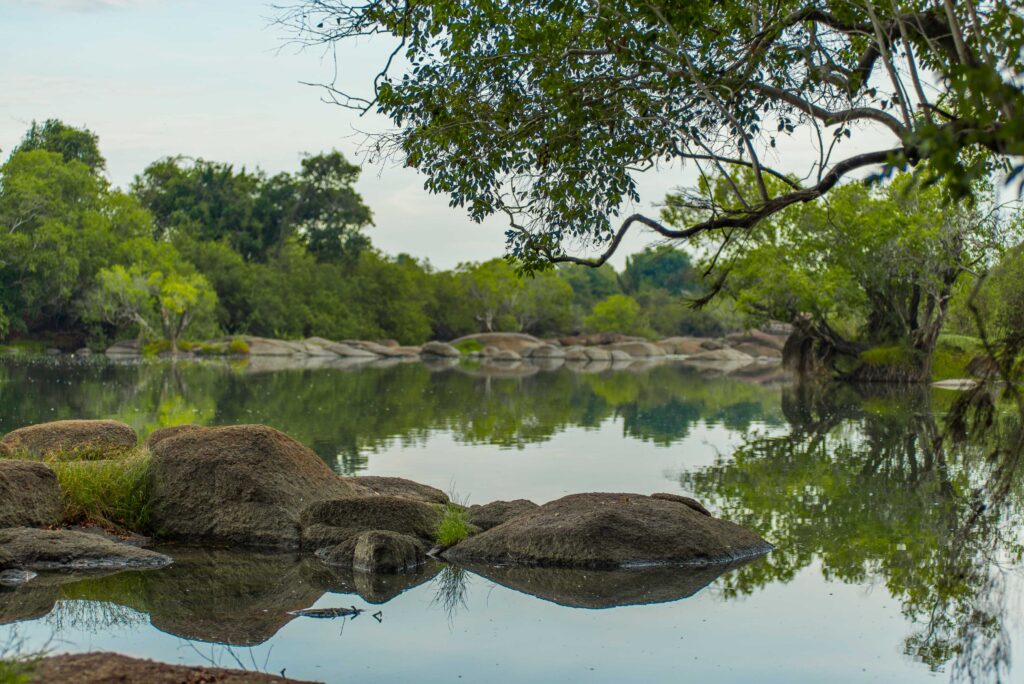
Discover Kafue National Park
Kafue National Park covers an expansive 22,400 km2 area in western Zambia. To put this into perspective this is nearly as large as the country Wales. The park was founded in the 1920’s and formally established as a national park in 1950 by the legendary Norman Carr, making it Zambia’s oldest national park and one of the world’s most important natural heritage sites. As an essential water source for the region, Kafue is also one of the last vast expanses of the iconic Zambezian ecoregion. The Park is one of the few places in Zambia where Cheetah can be seen, and other iconic species include Elephant, Eland, Roan, Sable, Buffalo, Wild Dog, Lion, Leopard and Hyena, along with 515 bird species. It is also home to a few rare and endangered species such as the Pangolin, Aardvark and Aardwolf. It boasts the highest diversity of antelope species in Africa.
Despite its size and prominent location only three hours’ drive from Livingstone, it remains little-known and largely unexplored with vast tracts of its virgin bush still untouched. In essence a true wilderness. Thanks to its size and variety of habitats, Kafue holds a fantastic diversity of wildlife.
In recent years it has seen a well-managed growth in the number of safari camps and lodges that operate in and around the park. This interest has brought with it more visitors and investment to the area, notably in infrastructure with a number of well-graded roads and airstrips.

Highlights
* At 22,400 km2 Kafue National Park is Zambia’s largest national park.
* Kafue is buffered by nine Game Management Areas (GMAs), which has ensured that the vast wilderness landscape has remained largely intact.
* Kafue’s diverse wildlife consists of 158 mammal species, of which 21 are antelope, 515 bird species, 70 reptile species, 58 species of fish and 36 amphibious species.
* Kafue has the potential to become a globally significant tourism destination with its exceptional landscape and wildlife, such as elephant, wild dog, cheetah and lion.
* The implementation of effective conservation management will allow populations of key large mammal species to increase and support rapid carnivore population growth and recovery.
When to visit
KNP (and Zambia as a whole) is dominated by two main seasons – the dry season and the wet season. The dry season runs from May through to October with the wet season from November to April. Many camps in the KNP are seasonal, closing early November and re-opening in April/May/June depending on circumstances. Self-drivers must be aware of the seasonality of the Park and the fact that many tracks (including some of the main routes through the park) become simply impassable.
Drag the calendar below to read the monthly details.
Wet season / November
November is generally the start of the true rains (after a few showers in October). The rains are a relief after the relentless heat of the end of the dry season and daytime temperatures are a manageable 30 degrees C. It can be a beautiful month, although most seasonal camps will close early in the month.
December, January, February, and March
are the wettest months, although rain for the whole day is rare. Sunshine and big downpours are more the norm. Temperatures are around 28 degrees C in the day, dropping to around 18 at night.
April
sees the rains dying away to sporadic showers. It is a beautiful month with lush greenery and clear air, although seasonal game viewing tracks are largely still impassable.
Dry Season / May
is the start of the dry season and rain is now rare. However, many seasonal camps are still closed and seasonal tracks and roads can be impassable.
June & July
is the true start of the safari season. The bush is largely dry now, rains are gone and most areas are open to vehicle traffic. There will still be some areas in Busanga and Nanzhila where going can be tricky. Temperatures in the daytime are a perfectly average 25 degrees, but nights get cold. 6 degrees is normal and in the open plains expect that to drop to 0 or even below.
August & September
sees the bush very dry and starting to feel arid. Great for wildlife sightings around permanent water. Unfortunately bushfires occur regularly in these months due to the dry vegetation. Daytime temperatures hover around 31 degrees, dropping to 13 at night.
October
is often peak safari month for many, but temperatures range from a mean of 33 degrees to 38 and sometimes even beyond. Again, wildlife viewing may well be the easiest the whole year, but dull skies and haze can be the downside. The first rains will occur towards the end of the month.




